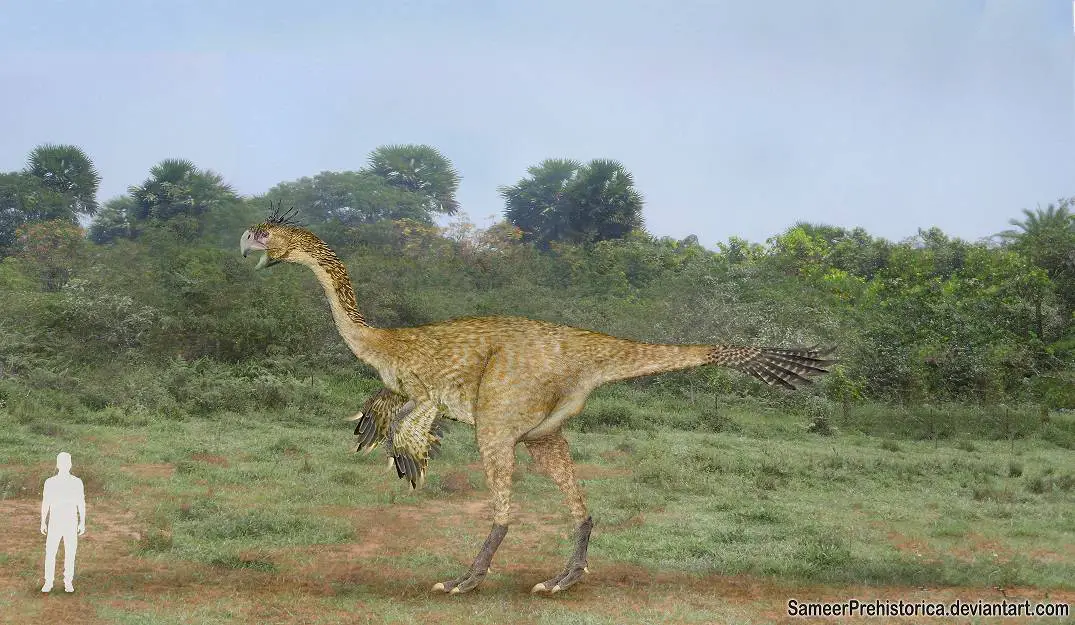
It used to be thought–and in some quarters, still is–that the Stegosaurus had two brains, one in the head and one in the tail. Stegosaurus is extinct (so much for his two brains!); but now a scientist says he’s discovered that we have two brains, too.
Dr. Mandy Lifeboats, at Candelabra College, location unknown, announced his discovery at a testimonial dinner for someone who didn’t deserve it.
“Our second brain is relatively tiny–about the size of a BB,” he said, “and it’s located inside the coccyx… which, by the way, is also called ‘the tail bone.’ I found it quite by accident.” He did not describe the accident.
Brain No. 2, he said, “Is mostly dormant, it don’t really do nothing. It’s just there.” (A colleague who was heard to grumble, “That’s because it really is a BB!” was escorted out of the cafeteria.) “But imagine if it could be induced to function like the main brain that’s in your skull somewhere! Taking prodigious amounts of drugs would probably do the trick. And of course we all know certain famous individuals whose main brains have been totally dormant for years. We’ve all wondered how they get by. Well, that’s when the second brain kicks in!”
Habitually sitting on the auxiliary brain, he added, “most likely is what keeps it dormant. Go a few weeks without ever sitting down, and Brain No. 2 might spontaneously become functional.”
The professor is now looking for volunteers to test that hypothesis.
